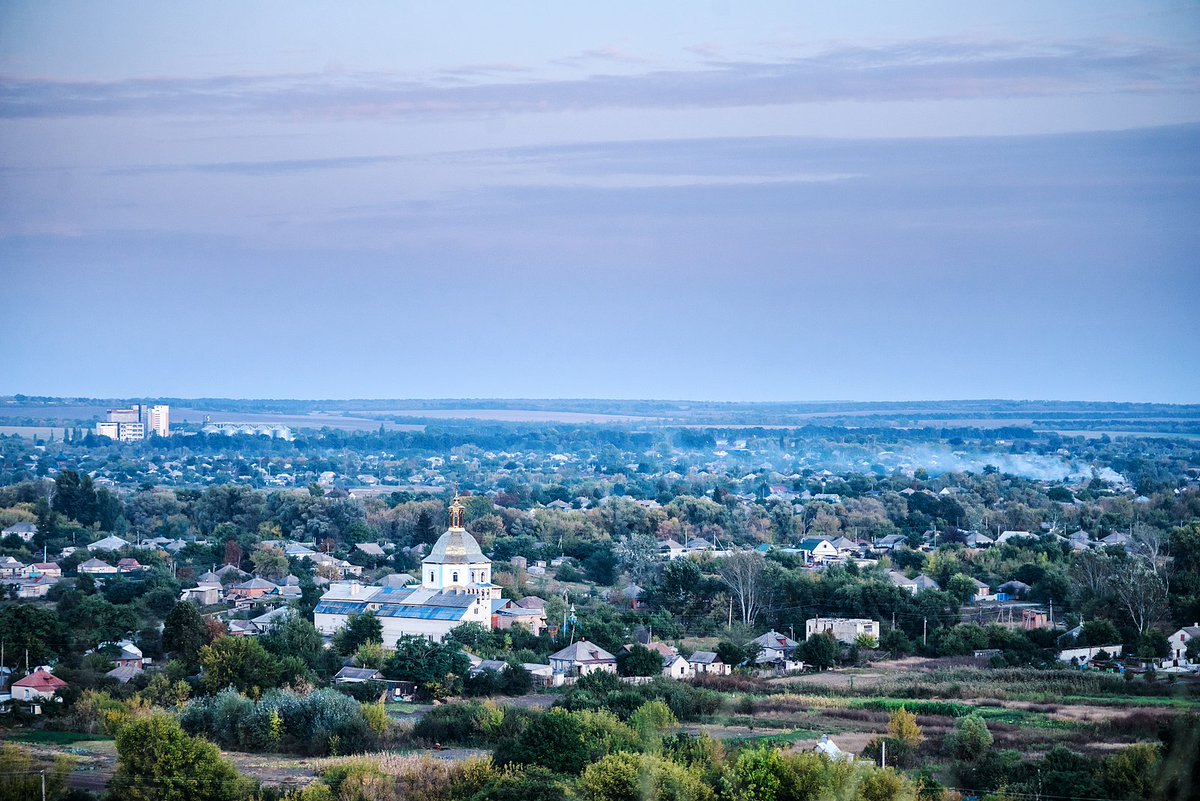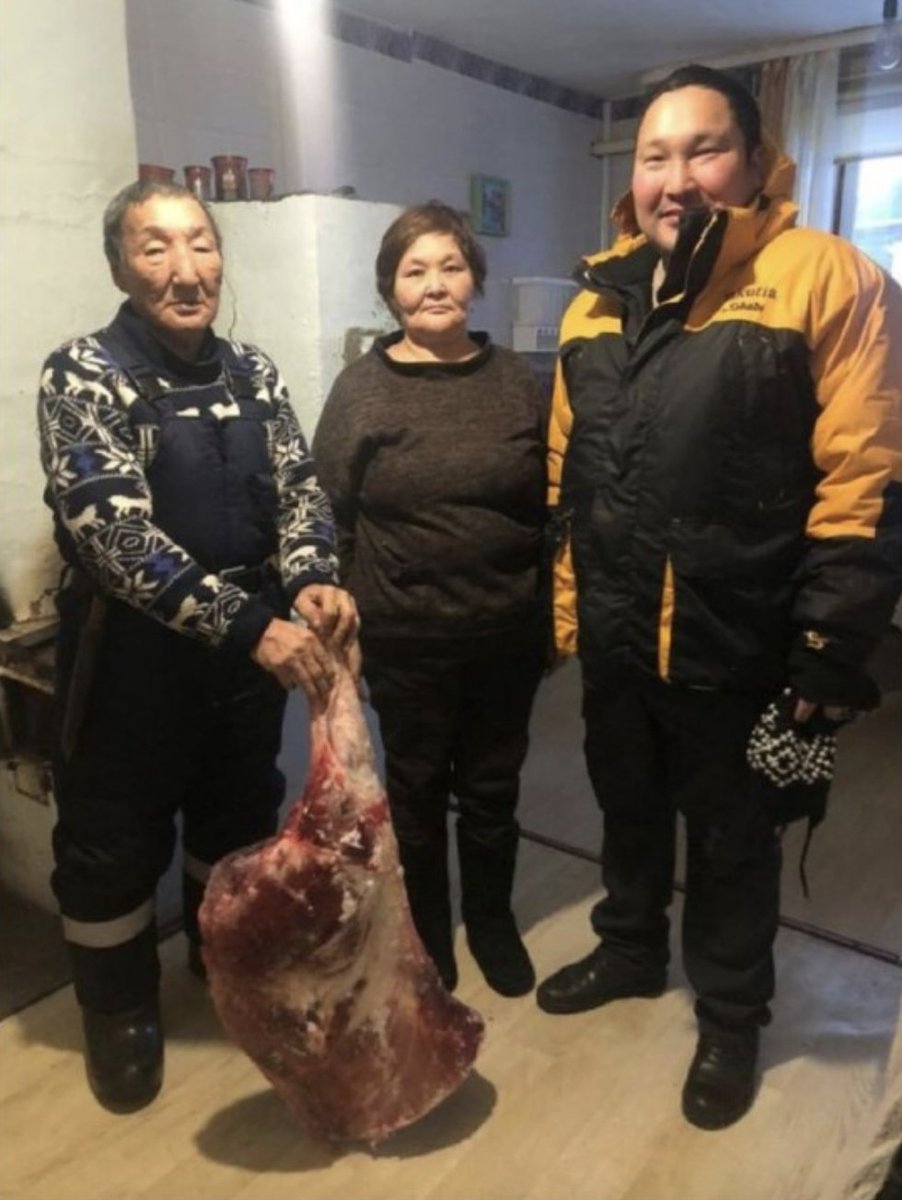
1/ Russian mobilised troops have lost half their number killed under constant Ukrainian bombardment near Svatove in under a month. They are drinking out of puddles and are being fed only every two or three days, but fear being shot by their own side if they try to surrender. ⬇️ 

2/ The independent Russian media collective Astra has published an account of one of the soldiers concerned, a 38-year-old mechanic from the village of Znamensk near Kaliningrad. Though the village only has 4,000 inhabitants, almost all the men of fighting age were mobilised.
3/ The soldier's family begged him not to agree to be mobilised but he told them it was pointless to hide because "everyone in the village knows each other and anyone attempting to get away from the draft will still end up being taken away."
4/ According to the man's sister, all the men went to the local enlistment office on 25 September. "He was in contact with me by video link from there. I saw these drunken men. I saw the women roaring in the background. Basically, it was all classic."
5/ Some were granted exemptions, but the rest were taken away to join the 7th Separate Guards Motor Rifle Regiment in Kalingrad city. The sister says: "While they were in the unit in Kaliningrad, he was drinking heavily. They were all drinking. He didn't do anything wrong."
6/ "It even felt like it was encouraged there. So people would drink and not think about the purpose of their mobilisation or the purpose of this war."
7/ Despite an earlier promise from the Governor of Kaliningrad that the men would stay in the region to defend it, on 6 October they were sent to Belgorod. The only training they had received in the two weeks previously was how to march.
8/ By 16 October they were in the forests in the Lugansk region of eastern Ukraine. He called his family to send him money because Russian bank cards did not work there. The men were given no provisions and had to supply themselves using their own money.
9/ "They tried to provide at least something for themselves: some cigarettes and food or at least something to buy themselves. He was saying that they were on the third line, but everything was exploding and shooting there, it was scary. That was his last call."
10/ The soldier called his family again 16 days later (i.e. around 1 November) and told them about what he was now enduring:
"He said they were now on the front line, on the very first line. Said he could see the Ukrainian military with his own eyes."
"He said they were now on the front line, on the very first line. Said he could see the Ukrainian military with his own eyes."
11/ "Said they were being watched by drones and there were only 20 of their group of 40 left.
He said they were located around 15 kilometres from Svatove. Communication was very bad ..."
He said they were located around 15 kilometres from Svatove. Communication was very bad ..."
12/ "He said that contract [professional] soldiers were on the second and third lines, and the mobilised were on the first.
Every two or three days they were given food, their belongings were all lost. Anyone who tries to escape is brought back."
Every two or three days they were given food, their belongings were all lost. Anyone who tries to escape is brought back."
13/ "Now they live in trenches under constant shelling and do not know what to do. I asked him if it was possible to escape from there or surrender. He said that this is also unrealistic, they will be shot in the back, or in the chest, they will not understand."
14/ His sister says that she has a feeling that the Russian army "are just filling cracks, using them as meat. As if they are used as a shield for the Ukrainians to shoot at the mobilized and when the Ukrainians get tired, the professional Russian military will go into battle."
15/ Despite the heavy losses, she says the other villagers in Znamensk strongly support the war. "They are in favour of everything that is going on: they shout, with obscenities, with fists, that everything is right, that everything is just as it should be."
16/ "They all watch TV, many of them, who are 70 years old, it is easier for them to believe the TV, than to analyze and break their whole way of thinking – it is scarier for them. They cry when men are taken away to war, but they take it for granted." /end
Source:
telegra.ph/Reshil-chto-ho…
telegra.ph/Reshil-chto-ho…
• • •
Missing some Tweet in this thread? You can try to
force a refresh









